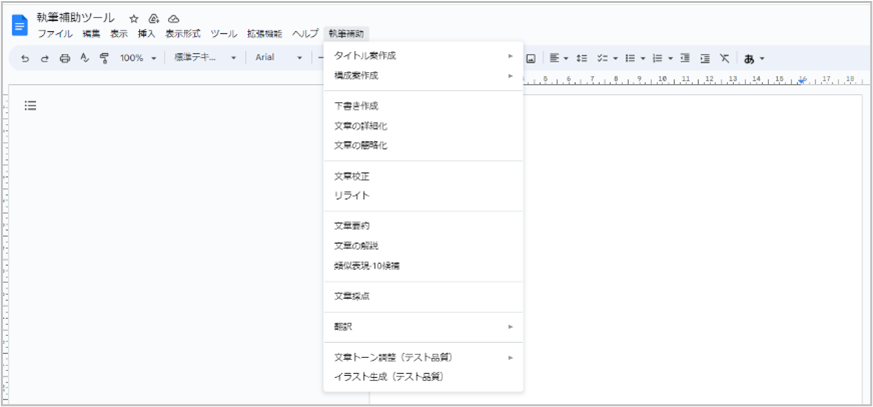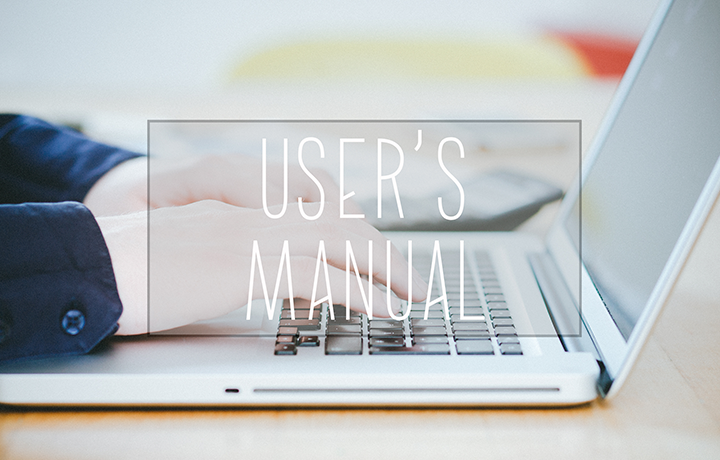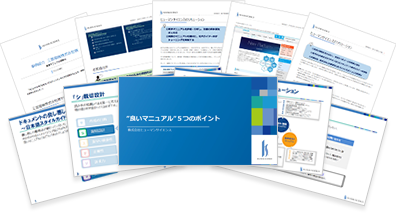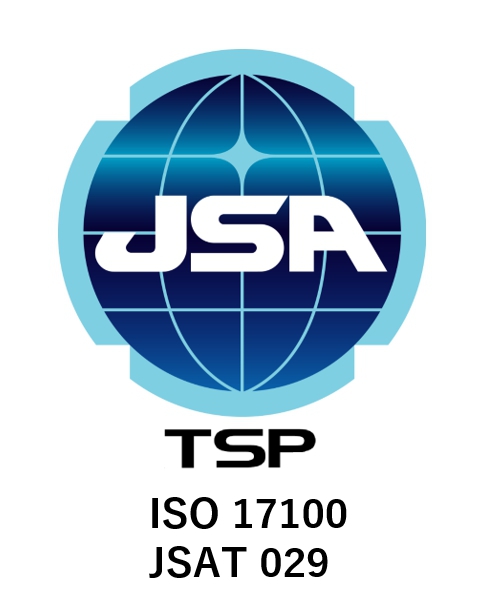
Hello! I’m K, a consultant. I usually handle manual creation and improvement projects for companies in the manufacturing and pharmaceutical industries.
Since generative AI emerged the year before last, we have been considering whether we can utilize it for manual production. Over the next three installments, I would like to write about the journey of exploring the use of generative AI. There will be stories about things that didn’t go well, but I would appreciate your warm support.
Related Blog Posts
What Are the Results of Optimizing Prompts and Role Allocation? A Case Study of Blog Creation Using Generative AIUtilizing Multiple LLMs! Workflow Improvement for Blog Creation Using Generative AI
- Table of Contents
-
- 1. Considering the Use of Generative AI in Work – Trying It Out for Blog Writing
- 2. Thinking About Where to Use Generative AI in Blog Writing
- 3. Searching for Good Prompts
- 4. Making Generative AI Easier to Use! Developing a Writing Assistance Tool
- 5. Creating Blog Drafts Using the Writing Assistance Tool
- 6. Summary So Far: Generative AI Is Ultimately an "Assistive Tool"
1. Considering the Use of Generative AI in Business—Trying It for Blog Writing
Since the emergence of generative AI in 2023, various discussions have been held on how to utilize generative AI in text-related fields such as writing, translation, and editing. Because generative AI can easily create and summarize text, it is expected to contribute to improving work efficiency. We also thought that generative AI might be useful for manual creation, so we decided to first try it out by using it for writing blogs published on our company’s website.
However, when we actually tried using it, we also encountered the issue of "It doesn’t work as well as expected!". Therefore, this time, we will introduce the process of creating blogs using generative AI and the trial-and-error process toward utilizing generative AI in business operations.
2. Considering where to use generative AI in blog writing
First, we organized the general process of writing a blog, and then considered at which stages generative AI could be utilized. Below is an overview of our company's blog writing workflow.
1. Outline Confirmation and Adjustment:
In our company, the planner who creates the blog outline (blog title, summary, reference information) and the writer who drafts the main text are different people. In this process, the writer reviews the outline created by the planner and roughly considers what kind of manuscript to create and how to structure the flow of the story. In some cases, the outline itself may be adjusted.
2. Writing:
This is the process of drafting the blog article based on the outline. While incorporating the writer’s experiences and impressions, the content is expanded with the aim of creating an engaging blog that can be easily read during spare moments. Since the writing style is completely different from manuals, even experts in writing require considerable time.
3. Review:
This is the process of sharing the draft with internal stakeholders and having them review it. Reviewers check from perspectives such as whether there are any incorrect contents in the draft, whether the flow feels off, and whether it is written in an easy-to-read manner. Since the reviewers are also members involved daily in the manual production project, there are especially many comments regarding clarity and readability.
4. Adjustment:
This is the process of reflecting the review results in the draft and making adjustments. If necessary, a second review may also be conducted.
5. Submission:
The manuscript is submitted to the internal web page administrator.
Among these, I thought that generative AI could be particularly useful in the "Outline Confirmation and Adjustment" and "Writing" stages.
I thought that if we gave commands like "Improve this outline" or "Write an article based on this outline" to the generative AI, we could instantly get good results.
Next, I considered what kind of commands to give to the generative AI, in other words, the prompts.
3. Searching for Good Prompts
To use generative AI, instruction sentences called "prompts" are important. By using good prompts, you can generate outputs that better meet your expectations. So, first, I searched the internet using terms like "blog creation generative AI prompt" to find usable ones.
At that time, many pages titled "Prompt collections usable for ○○" were also widely published, so while searching for prompts for blog creation, I also looked broadly at those usable for seminar planning and newsletter creation... I entered the prompts I found into ChatGPT to have it generate blog title ideas, structure proposals, and drafts. At first glance, the output was more coherent than I expected, and at that moment, I felt, "Generative AI is amazing; this might be really useful!"
Also, during the process of examining prompts, I was able to leverage insights from manual writing.
In manual writing, it is required that actions are clearly conveyed and that anyone who reads it can understand it in the same way.
When writing prompts, I was also able to be mindful of phrasing and expressions that clearly communicate our intentions to the generative AI. In the case of manuals, the audience is human, but I realized that the knowledge gained from this work also applies to generative AI.
Furthermore, when we found good prompts, we also wrote them on the SharePoint site so that they could be shared with group members. It is not enough for only some members to be able to use generative AI; we believed it was also important to establish an environment for information sharing within the department and team.
4. Making Generative AI Easier to Use! Developing a Writing Assistance Tool
Our stance when considering the use of generative AI in business was "to use generative AI, not to be used by generative AI." If we proceed with generative AI utilization based on a specific tool, we might have to change our approach depending on that tool’s specifications or the tool vendor. This could ultimately lead to a situation where we are "used by generative AI."
Therefore, instead of purchasing generative AI tools or creating new workflows, we chose an approach that incorporates generative AI into the tools we are already familiar with and the existing business workflows. One example of this is the development of a writing assistance tool.
The writing assistance tool is a Google Docs plugin, with ChatGPT operating on the backend of this tool. This allows you to have generative AI write text directly within the familiar Google Docs environment. Although we broadly call this "writing assistance," we have prepared the following specific menu options.
・Create Title Proposals: Output document title proposals from arbitrary keywords
・Create Structure Proposals: Output document structure proposals from the document title
・Create Drafts: Output document drafts from the structure proposals
・Detailing Text: Make the text more detailed
・Simplification of text: Make the text more concise
・Proofreading: Proofread the text and correct errors such as typos
・Rewrite: Change the text into a different expression

By turning commands to generative AI into a menu as shown in the above figure, not only can generative AI be used easily, but it also helped suppress variations in prompts by users. We consider the latter to be an especially important perspective. When incorporating generative AI into business operations, we must avoid a situation where "only people with a knack for writing good prompts can skillfully use generative AI." Otherwise, even if you try to improve operations by introducing generative AI, the work will become dependent on those "people with a knack."
Also, as mentioned above, this tool was designed based on the idea of "using generative AI rather than being used by generative AI," so the language model running on the backend can be switched to another one at any time. If only a specific language model can be used, it might create a situation where you are "being used by generative AI." By using the familiar interface of Google Docs, users can work smoothly, and by maintaining the flexibility to replace the underlying technology with new ones, we aimed to continuously maintain the position of "using generative AI."
5. Creating a Blog Article Draft Using the Writing Assistance Tool
We incorporated the writing assistance tool we developed into part of the blog creation process introduced at the beginning and actually created a draft of a blog article.
1. Setting the Audience:
Using ChatGPT, we consider the target audience (persona) for the blog.
2. Confirming and Adjusting the Outline:
Input the persona considered in step 1 and the blog outline created by the contractor into ChatGPT, and have it propose an even better blog title and structure.
3. Drafting:
Transcribe the content from 2. into the writing assistance tool and use the "Create Draft" menu to create a draft of the article. Review the output and make manual adjustments as needed. Here, you outline the general flow and overall picture.
4. Writing:
Continue using the writing assistance tool to write the main text. Using the draft from step 3, expand the content by utilizing the "Detailing Sentences," "Simplifying Sentences," and "Rewriting" menus. Review the output and make manual adjustments as needed. In some cases, you may need to go back and revise the structure created in step 2.
5. Self-Check:
Use the "Proofreading" menu to correct typos and grammatical errors.
From this point onward, internal reviews and submissions follow the same flow as at the beginning.
As a result of trying to proceed with blog writing using this new process, it initially took time due to research and trial and error, but once accustomed, it became possible to write with fewer man-hours than before, and it was found to be reasonably convenient as a tool.
However, at the same time, challenges in utilizing generative AI have also become apparent. The most common ones were as follows.
・During the writing process, keywords necessary for SEO measures considered by the planner may be omitted.
・The quality of the output is inconsistent, and in some cases, humans have to make significant adjustments (for example, starting with raising an issue and expecting to end with presenting a solution, but instead discussing the problem until the very end).
6. Summary so far: Generative AI is merely an "assistive tool"
Despite the challenges, utilizing generative AI allowed us to reduce the workload of blog writing to some extent. We have a feeling that by continuing to refine this approach, even greater benefits can be achieved in the future.
Through this attempt, we understood that generative AI is ultimately a tool to assist human work, and even in writing areas where it seems to be a good fit, it cannot completely replace human tasks. We tried writing several blogs using the new process, but in all cases, human review and correction were indispensable, and in some cases, we even thought, "In this case, it might be faster for a human to write from scratch."
In the next blog, I would like to introduce the challenges we encountered as we continued this effort and how we overcame them. Please be sure to also check out the sequel, "What Were the Results of Optimizing Prompts and Role Allocation? A Case Study of Blog Creation Using Generative AI."










































































 Manual creation
Manual creation Director, Writer
Director, Writer In-house Support
In-house Support Video
Video Manual
Manual Manual Creation
Manual Creation One-Stop Service for Manual Creation
One-Stop Service for Manual Creation Manuals and Documents
Manuals and Documents



